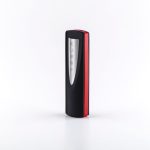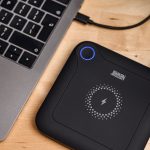In today’s digital age, where smartphones, tablets, and other portable devices have become integral parts of daily life, having a reliable power source on the go is essential. A 20000 mAh power bank offers substantial capacity, capable of charging devices multiple times before needing a recharge itself. However, selecting the right one requires understanding various factors beyond just capacity. Here’s a comprehensive guide to help you make an informed choice.
Understanding Capacity and Real-World Usage
The capacity of a power bank, measured in milliampere-hours (mAh), indicates how much charge it can store. A 20000 mAh power bank theoretically provides 20000 mAh of charge at its rated voltage (usually 3.7V or 5V, depending on the device). In practical terms, this translates into the ability to charge a smartphone with a 3000 mAh battery around 5-6 times. However, keep in mind that actual performance may vary due to factors like conversion efficiency, cable quality, and device power requirements.
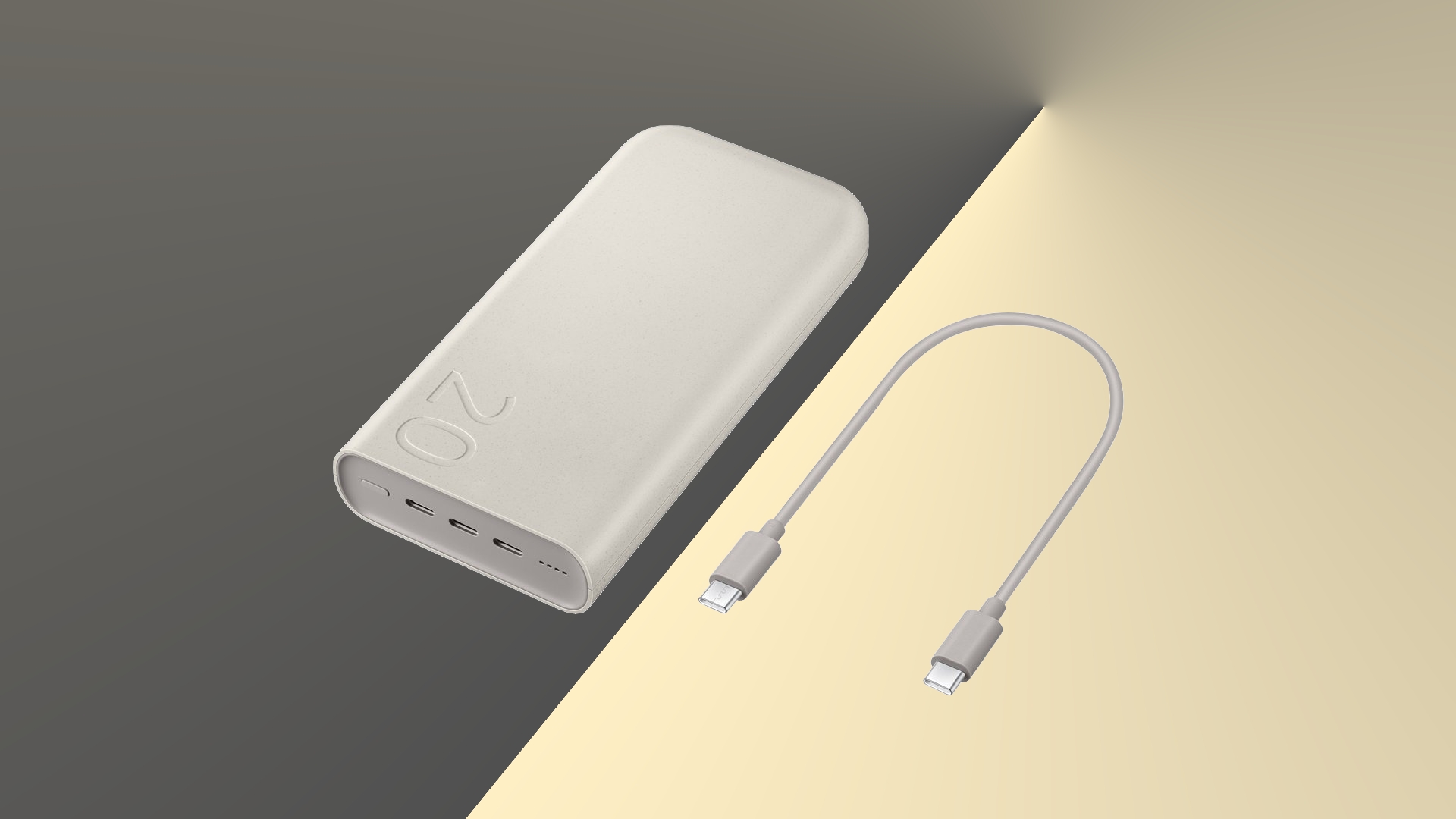
Types of Batteries Used in Power Banks
Power banks typically use two types of batteries: lithium-ion (Li-ion) and lithium-polymer (Li-Po). Li-ion batteries are commonly found in power banks due to their high energy density and reliability. They are cost-effective and provide good performance over many charge cycles. Li-Po batteries, on the other hand, offer a slightly lower energy density but are more compact and can be molded into different shapes, making them ideal for slim and stylish power bank designs.
Size, Weight, and Portability Considerations
While a 20000 mAh power bank offers substantial capacity, it’s important to consider its size and weight, especially if you plan to carry it daily. Larger capacity generally means a larger physical size and heavier weight. Slimmer designs might sacrifice some capacity but enhance portability. Consider where and how you intend to use the power bank—whether it’s for travel, commuting, outdoor activities, or emergency preparedness—to determine the right balance between capacity and portability.
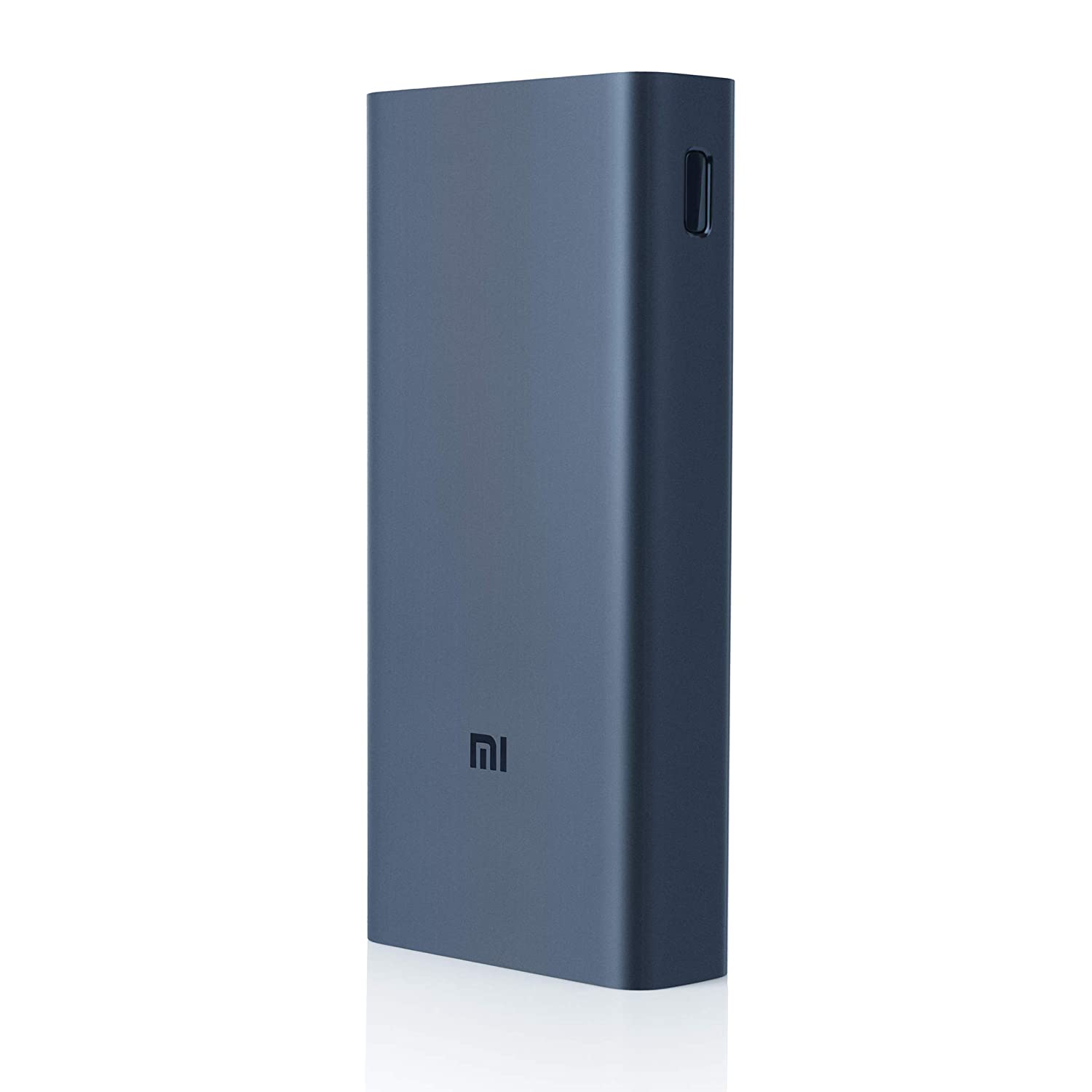
Input and Output Ports for Charging Efficiency
Power banks come with various input and output ports to accommodate different devices and charging speeds. Common input ports include Micro-USB, USB-C, and Lightning, used to recharge the power bank itself. USB-C is increasingly becoming the standard for both input and output due to its versatility and fast charging capabilities. Output ports, typically USB-A or USB-C, vary in their charging speeds (measured in amps) and may support technologies like Power Delivery (PD) or Quick Charge for faster device charging.
Charging Speeds and Technologies
The charging speed of a power bank depends on its output specifications and the compatibility of connected devices. Power Delivery (PD) technology is crucial for fast charging modern smartphones, tablets, and laptops that support PD. It delivers higher power outputs (15W, 30W, 45W, or higher) compared to standard USB outputs (5W, 10W), significantly reducing charging times. Quick Charge (QC) is another technology supported by many power banks and devices, offering rapid charging for Qualcomm Snapdragon-powered smartphones.
Build Quality and Durability
Investing in a high-quality power bank ensures reliability and longevity. Look for power banks with robust construction and durable materials that can withstand daily use and occasional drops. Some power banks feature shock-resistant casings or are designed to be water-resistant, adding an extra layer of protection for outdoor or rugged use. Pay attention to user reviews and brand reputation to gauge reliability and build quality before making a purchase.
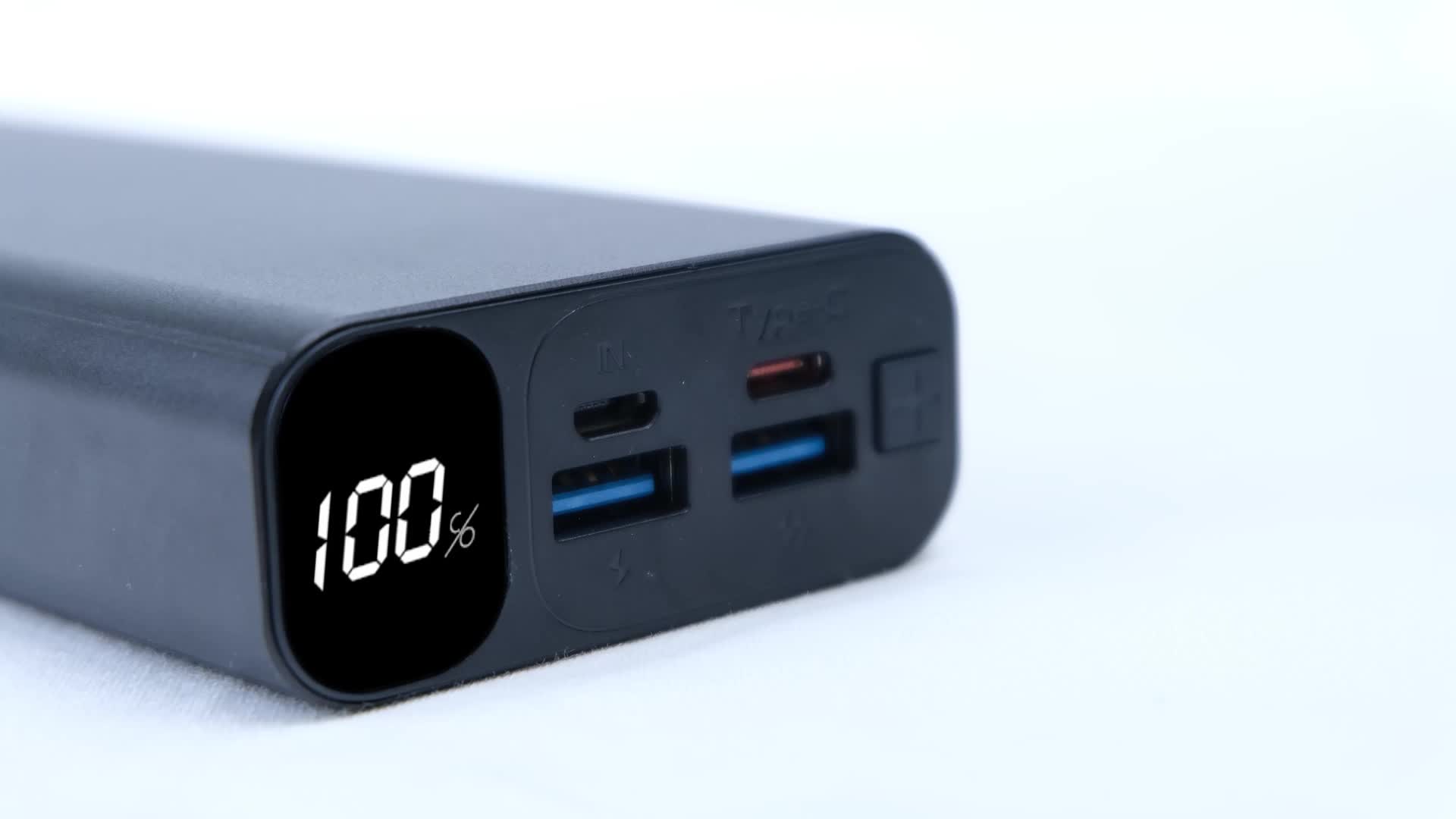
Safety Features and Certification
Safety is paramount when dealing with portable power sources. Reliable power banks incorporate multiple safety features such as overcharge protection, overcurrent protection, short circuit protection, and temperature control mechanisms to prevent overheating. Look for certifications like CE, FCC, and RoHS, which indicate compliance with international safety standards and regulations. Avoid purchasing cheap, uncertified power banks that may pose risks to your devices and personal safety.
Additional Features and Considerations
Beyond basic functionality, consider additional features that may enhance usability or convenience. Some power banks come with built-in LED flashlights, LCD screens displaying battery status, or pass-through charging capabilities (simultaneously charging the power bank while charging a connected device). Wireless charging pads integrated into power banks offer added convenience for Qi-enabled devices. Evaluate these features based on your specific needs and preferences to find a power bank that best suits your lifestyle.
Compatibility with Devices and Future-Proofing
Ensure compatibility with your existing devices and consider future-proofing when choosing a power bank. Verify that the power bank’s output voltages and currents match your devices’ requirements to maximize charging efficiency and speed. Investing in a power bank with versatile charging options (such as both USB-A and USB-C outputs) ensures compatibility with a wide range of devices now and in the future, accommodating new technologies and standards as they emerge.
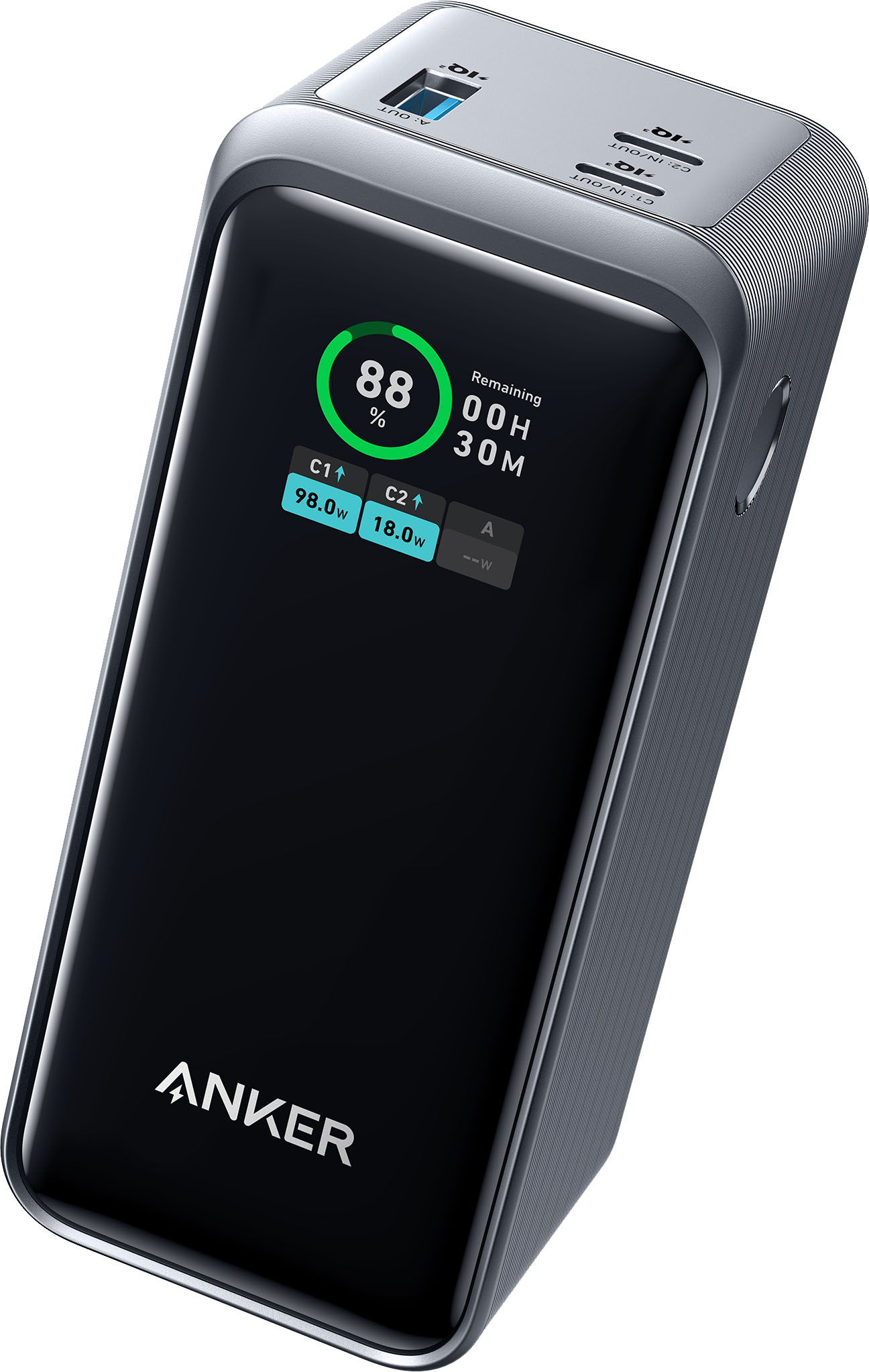
Price Considerations and Value for Money
Lastly, while price shouldn’t be the sole determinant, it’s essential to balance features, quality, and price when choosing a 20000 mAh power bank. High-capacity power banks with advanced features like PD and QC tend to be more expensive but offer superior performance and reliability. Compare different models based on their specifications, reviews, and warranty coverage to assess overall value for money. Consider reputable brands known for producing durable and efficient power banks, even if they come at a slightly higher cost.
Compatibility with Devices:
Output Voltages and Currents: Check that the power bank’s output voltages (e.g., 5V, 9V, 12V) and currents (e.g., 1A, 2A, 3A) match the requirements of your devices. This ensures efficient and fast charging without damaging your devices.
Connector Types: Opt for a power bank that offers versatile charging options. Look for models with both USB-A and USB-C outputs. USB-C is increasingly becoming the standard for newer devices and fast charging technologies like Power Delivery (PD).
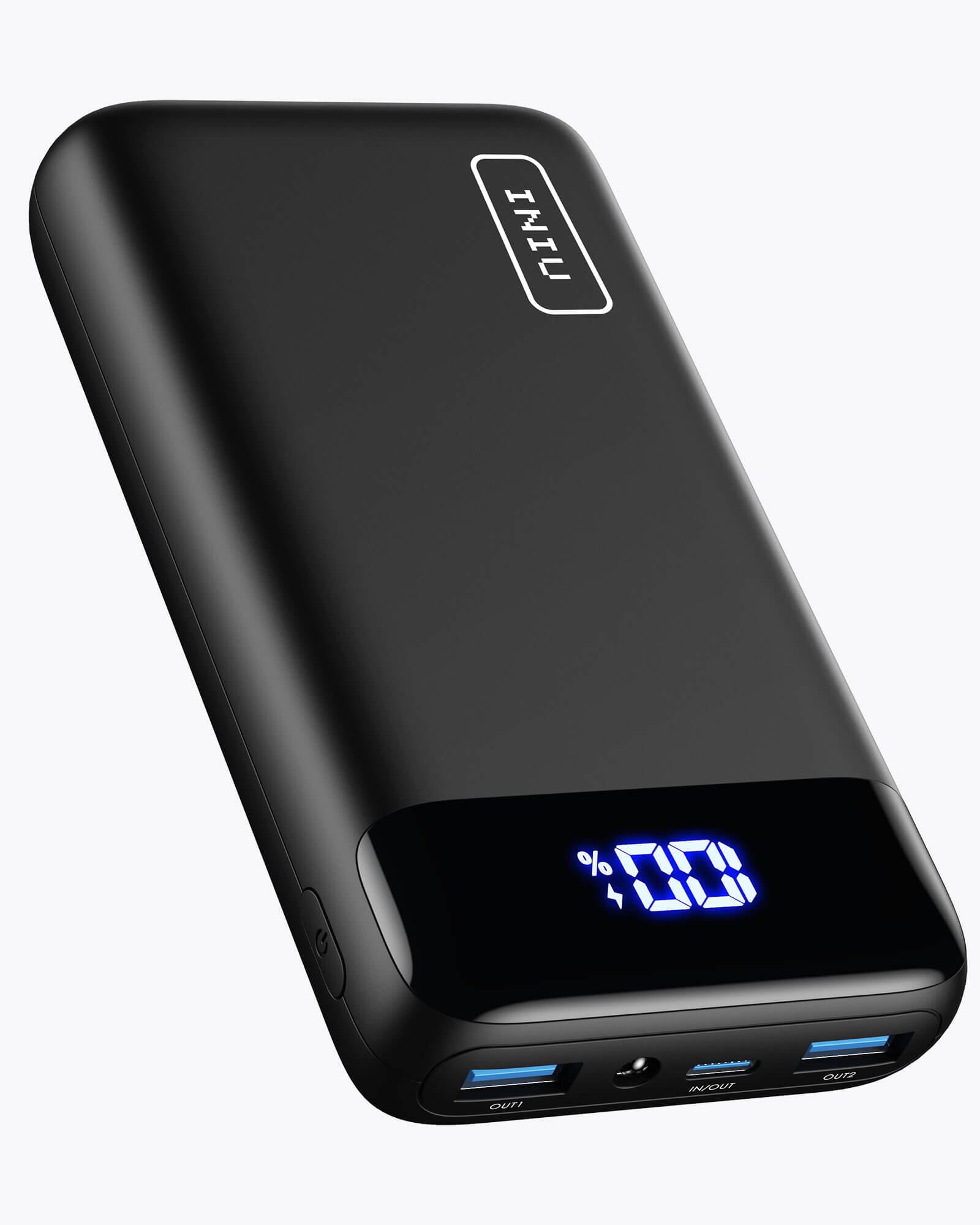
Conclusion
Choosing the right 20000 mAh power bank involves evaluating capacity, battery type, portability, charging speeds, build quality, safety features, additional functionalities, compatibility, and overall value. By understanding these key factors and considering your specific needs and preferences, you can select a power bank that provides reliable and efficient portable power for your devices. Whether you prioritize fast charging, compact design, or rugged durability, a well-chosen power bank enhances your mobile experience and keeps your devices powered whenever and wherever you need them.

